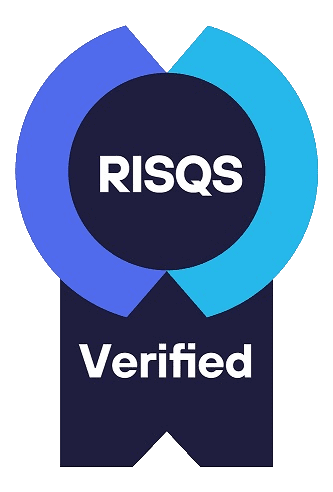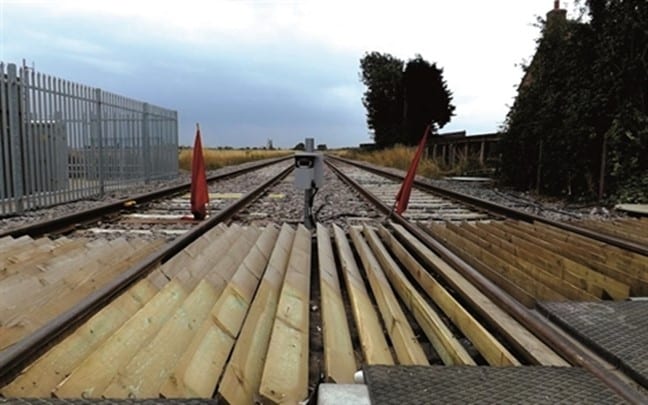

The United Kingdom (UK) rail network is being used by unprecedented numbers of trains and the demand for more passenger and freight services continues to rise, particularly on arterial routes such as the East Coast Main Line. The line provides a vital North-South path for long distance traffic from London to Scotland via Yorkshire and the North East, as well as serving a great many commuter and regional passenger markets and carrying a significant amount of rail freight.
The Great Northern Great Eastern Line (GNGE) runs roughly parallel to the ECML, between Peterborough and Doncaster, with Gainsborough, Lincoln and Spalding being the main stations on the line. The capacity relief project aims to reroute slow freight trains down GNGE, thus relinquishing space for additional passenger services.

Network Rail Infrastructure Projects requested that Vertex provide professional rail engineering services, in particular Engineering Safety Management, Verification & Validation, Systems Engineering, ROGS assurance, and Maintenance Analysis Support.
Vertex employed the following competencies during these works: